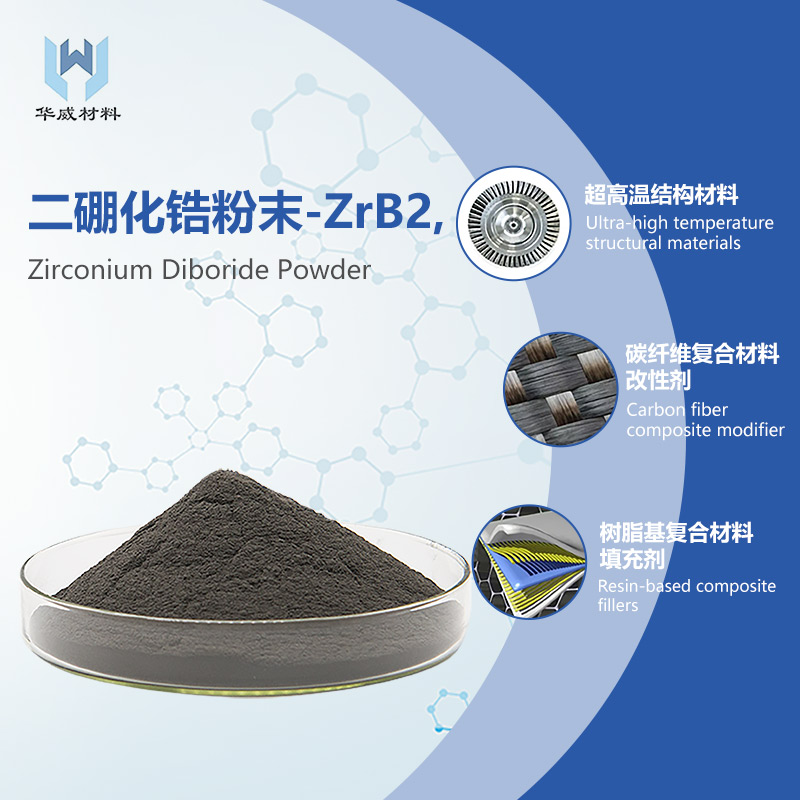Hafnium carbide and hafnium diboride melt at 3950 and 3250°C, respectively. In an oxygen atmosphere,both form hafnium dioxide, which melts at about 2900°C. In addition to at least one solid oxide, both substances produce other oxidation products. Hafnium carbide yields either CO or CO2, and hafnium diboride produces boric oxide, which becomes a liquid at 450°C and vaporizes at 1860°C. Obviously the presence of gases and liquids in a protective film can have significant ramifications. Further, a structural phase transition that occurs in hafnium dioxide at about 1700°C should not be overlooked. This transition entails an accompanying 3.4% volume changel that can result in cracking or spalling.
